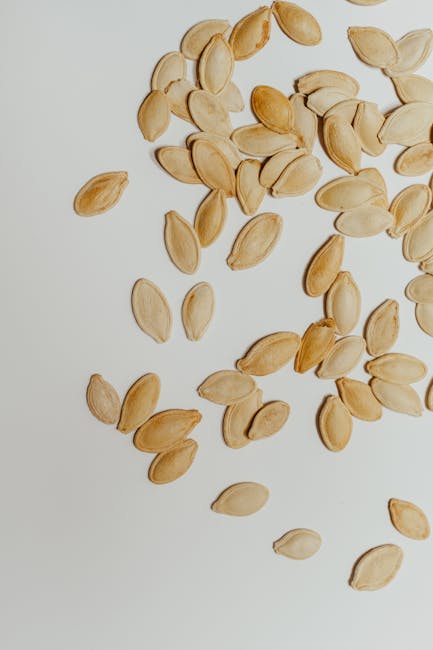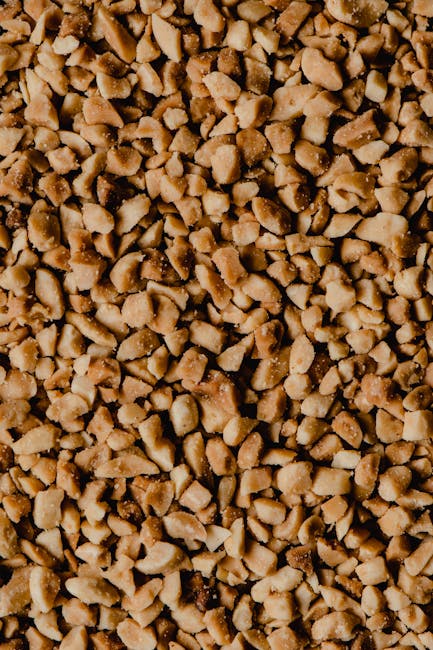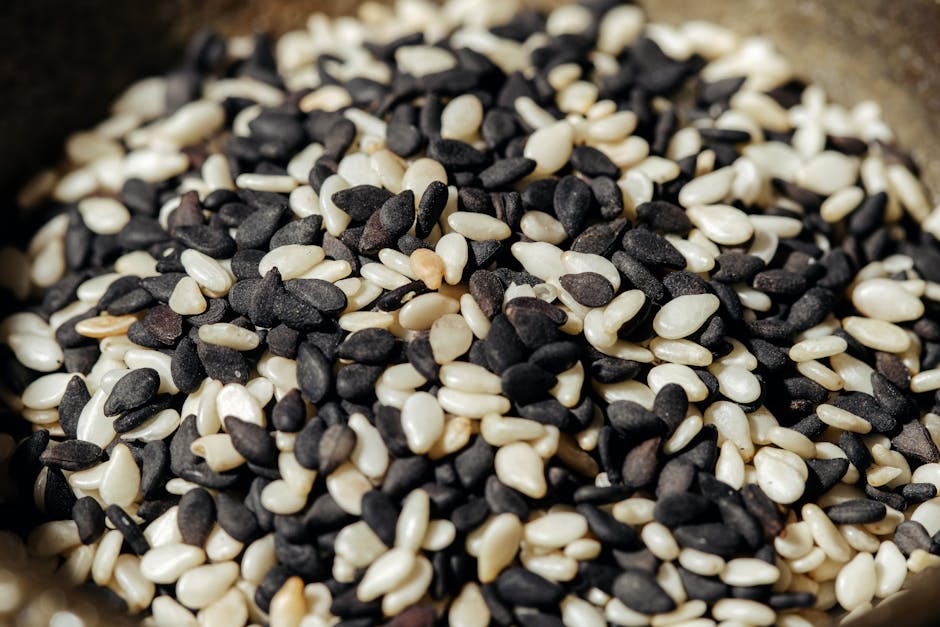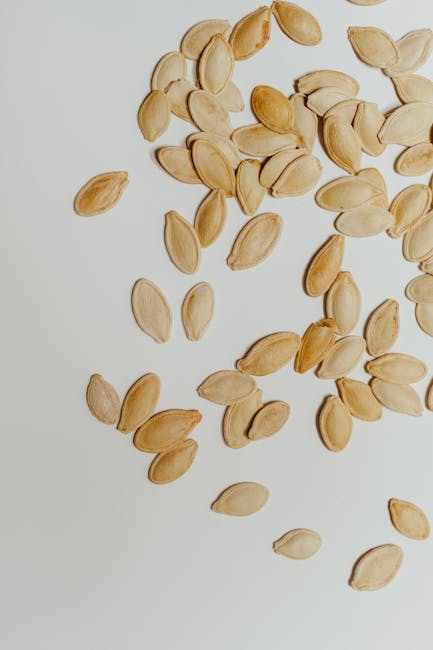Seed Oil Scout: Your Ultimate Guide to Choosing the Right Seed Oil for Your Needs
Seed Oil Scout: Your Ultimate Guide to Choosing the Right Seed Oil for Your Needs
The world of cooking oils is vast and varied, with countless options vying for a spot in your kitchen pantry. Among the most popular are seed oils, derived from the seeds of various plants. But with so many choices – flaxseed oil, sunflower oil, pumpkin seed oil, and more – how do you navigate this seemingly endless selection and choose the best oil for your specific culinary needs and health goals? That’s where the Seed Oil Scout comes in. This comprehensive guide will equip you with the knowledge to confidently select the perfect seed oil for your cooking, baking, and even skincare routines.
Understanding Seed Oils: A Deep Dive
Seed oils are extracted from the seeds of plants, a process that yields a rich source of healthy fats. These oils vary significantly in their nutritional profiles, flavor profiles, smoke points, and ideal applications. Understanding these variations is key to making informed choices.
Types of Seed Oils and Their Properties
- Flaxseed Oil: Rich in omega-3 fatty acids, particularly alpha-linolenic acid (ALA). Known for its anti-inflammatory properties. Best used in cold applications like salad dressings or as a dietary supplement due to its low smoke point.
- Sunflower Oil: High in vitamin E and linoleic acid (an omega-6 fatty acid). Offers a mild flavor and relatively high smoke point, making it suitable for both high-heat cooking and baking.
- Pumpkin Seed Oil: A nutrient-dense oil boasting zinc, magnesium, and various antioxidants. Its distinct nutty flavor is best suited for cold applications like dressings, dips, or finishing dishes.
- Chia Seed Oil: Another excellent source of omega-3 fatty acids, particularly ALA. Similar to flaxseed oil, it’s best used in cold applications.
- Sesame Oil: Offers a robust, nutty flavor and a high smoke point. It’s versatile, suitable for both stir-frying and adding to finished dishes.
- Grape Seed Oil: Rich in antioxidants and has a relatively high smoke point. Its neutral flavor makes it a versatile option for various cooking methods.
- Poppy Seed Oil: A delicate, nutty oil with a low smoke point. Best utilized in cold applications or as a finishing oil.
Choosing the Right Seed Oil: Factors to Consider
Selecting the optimal seed oil involves considering several crucial factors:

1. Smoke Point
The smoke point is the temperature at which an oil begins to break down and produce harmful compounds. Oils with high smoke points are ideal for high-heat cooking methods like frying and sautéing. Oils with low smoke points, however, are better suited for cold applications or low-heat cooking.
2. Flavor Profile
Seed oils range from mild and neutral to bold and assertive. Consider the flavor of your dish and choose an oil that complements it, rather than overpowering it. A strong flavored oil like sesame oil is great for Asian dishes, whereas a more neutral oil like grape seed oil is good for baking.
3. Nutritional Content
Different seed oils offer unique nutritional benefits. Consider your dietary needs and goals when making your selection. For example, if you’re aiming to increase your omega-3 intake, flaxseed oil or chia seed oil would be excellent choices.

4. Cooking Method
The cooking method you intend to use will dictate the type of oil best suited for the task. High-heat cooking demands oils with high smoke points to prevent the formation of harmful compounds. Low-heat cooking and cold applications allow for a wider range of oils.
5. Storage and Shelf Life
Proper storage is essential to maintain the quality and freshness of seed oils. Store oils in airtight containers in a cool, dark place to maximize their shelf life. Refrigeration can extend the shelf life of some oils, particularly those with high omega-3 fatty acid content.
Seed Oil Scout’s Guide to Culinary Applications
Here’s a handy guide matching seed oils to specific culinary applications:

High-Heat Cooking (Frying, Sautéing):
- Sunflower Oil
- Sesame Oil
- Grape Seed Oil
Baking:
- Sunflower Oil
- Grape Seed Oil
Salad Dressings and Dips:
- Flaxseed Oil
- Pumpkin Seed Oil
- Chia Seed Oil
- Poppy Seed Oil
- Sesame Oil (for certain dishes)
Finishing Oils:
- Pumpkin Seed Oil
- Poppy Seed Oil
- Sesame Oil
Beyond the Kitchen: Seed Oils for Skincare
Many seed oils offer significant benefits for skincare. Their rich fatty acid and antioxidant content can nourish and protect the skin.
- Flaxseed Oil: Its anti-inflammatory properties make it beneficial for conditions like eczema and psoriasis.
- Rosehip Seed Oil: Known for its ability to reduce the appearance of scars and wrinkles.
- Jojoba Oil (technically a wax ester, but often grouped with seed oils): Closely mimics the skin’s natural sebum, making it ideal for all skin types.
Seed Oil Scout’s Final Verdict
Choosing the right seed oil is a journey of exploration and discovery. By understanding the diverse properties of each oil and considering the factors outlined above, you can confidently select the perfect oil to enhance your culinary creations and skincare routine. Remember to always check labels for quality, purity, and cold-pressing methods for optimal health benefits. Happy oil scouting!




